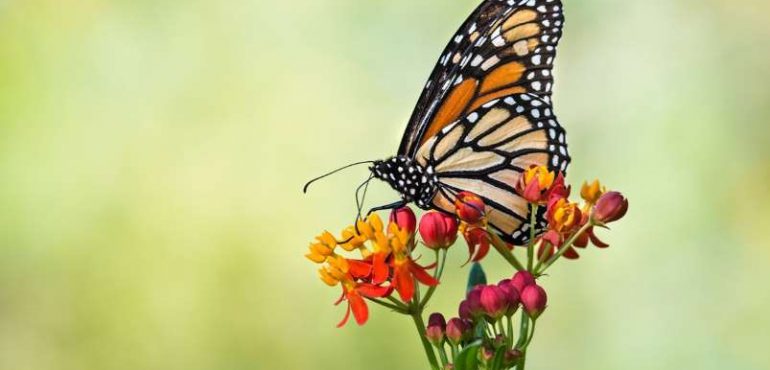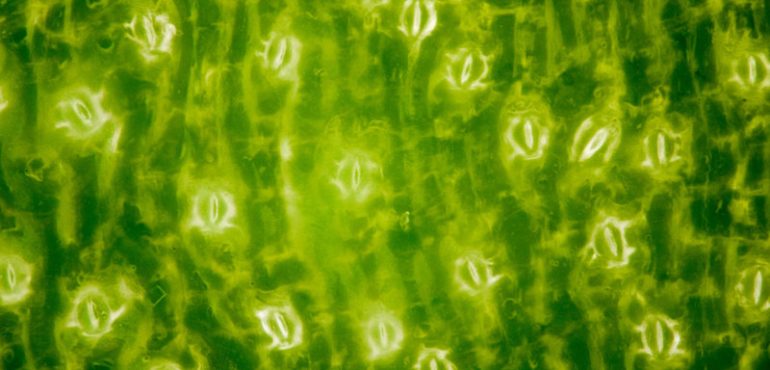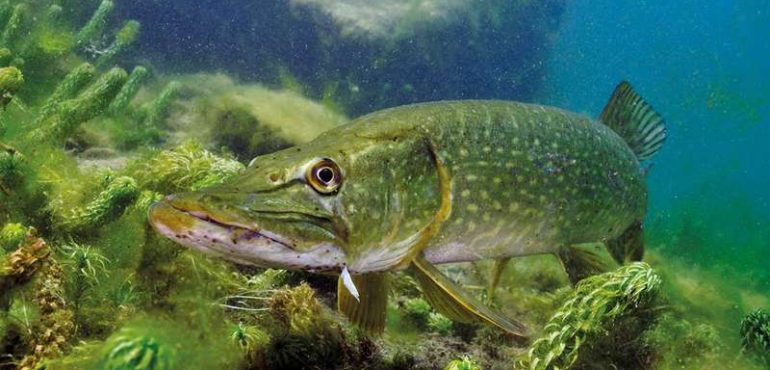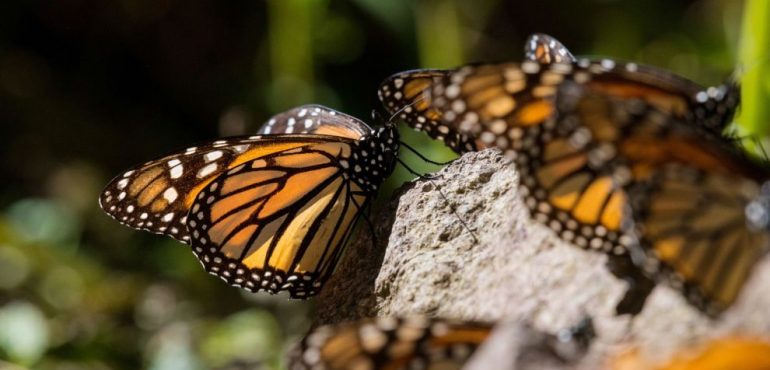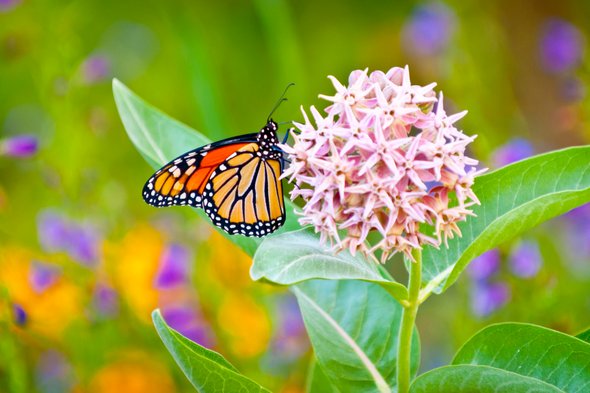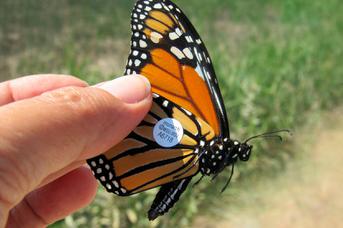Butterflies The mere presence of butterflies adds a heavenly vibe to any garden, but these graceful insects also help beautify plants by pollinating them. One of the best ways to attract a few of these magnificent creatures is by planting liatris, spiky flowers that some butterflies find very appealing. Praying Mantises Praying mantises are like…
Read more
12 Bugs You Should Never Kill
